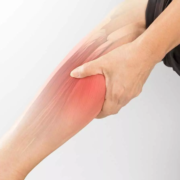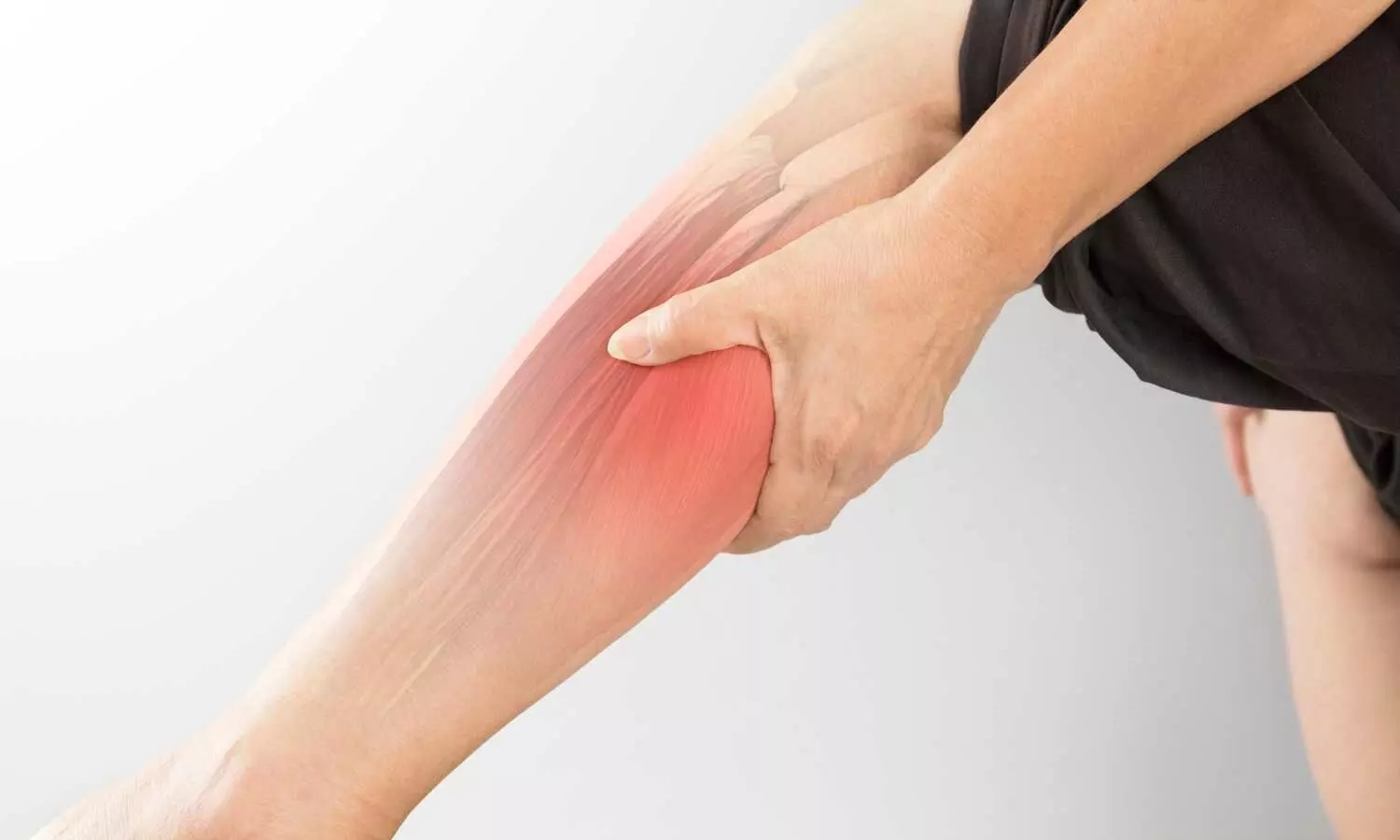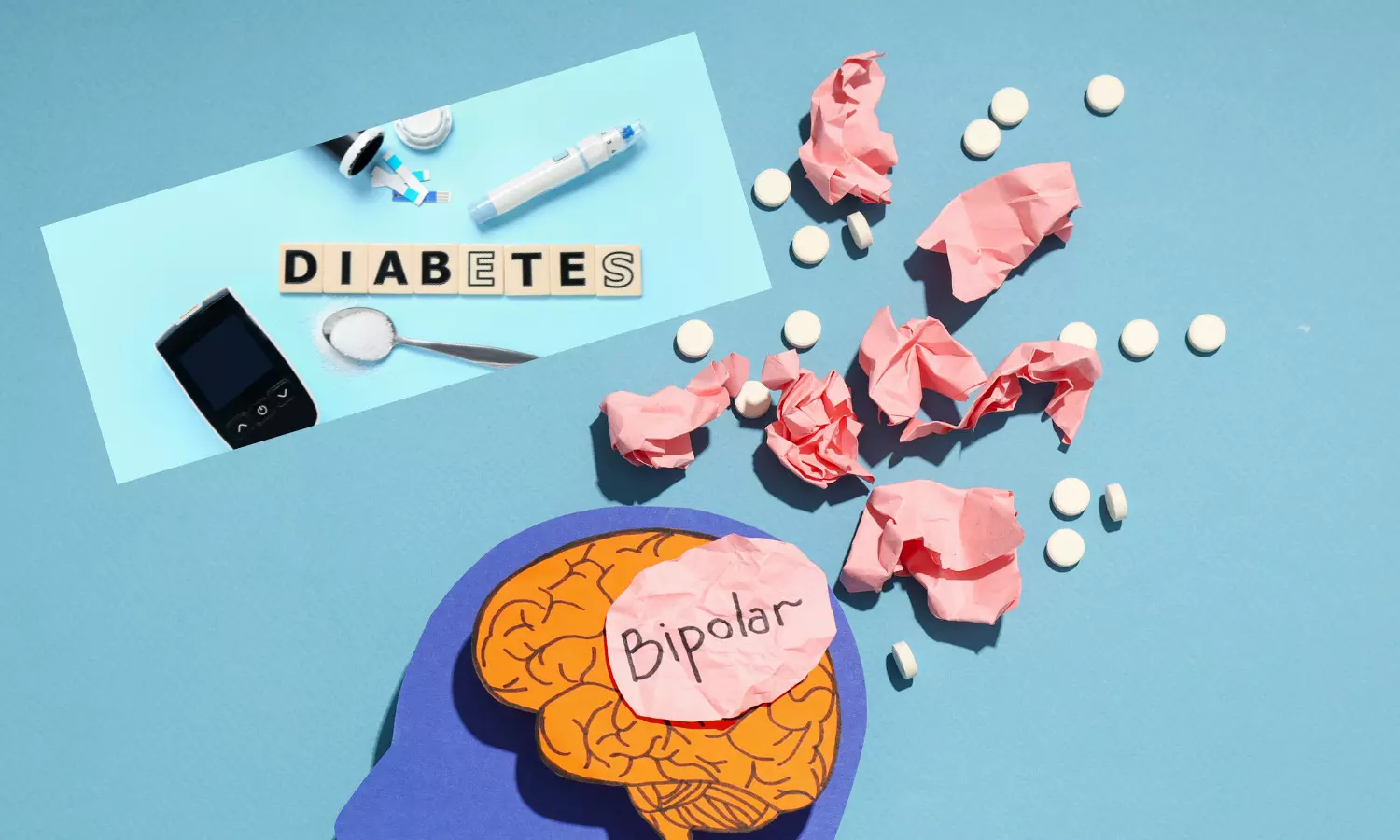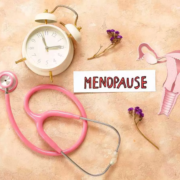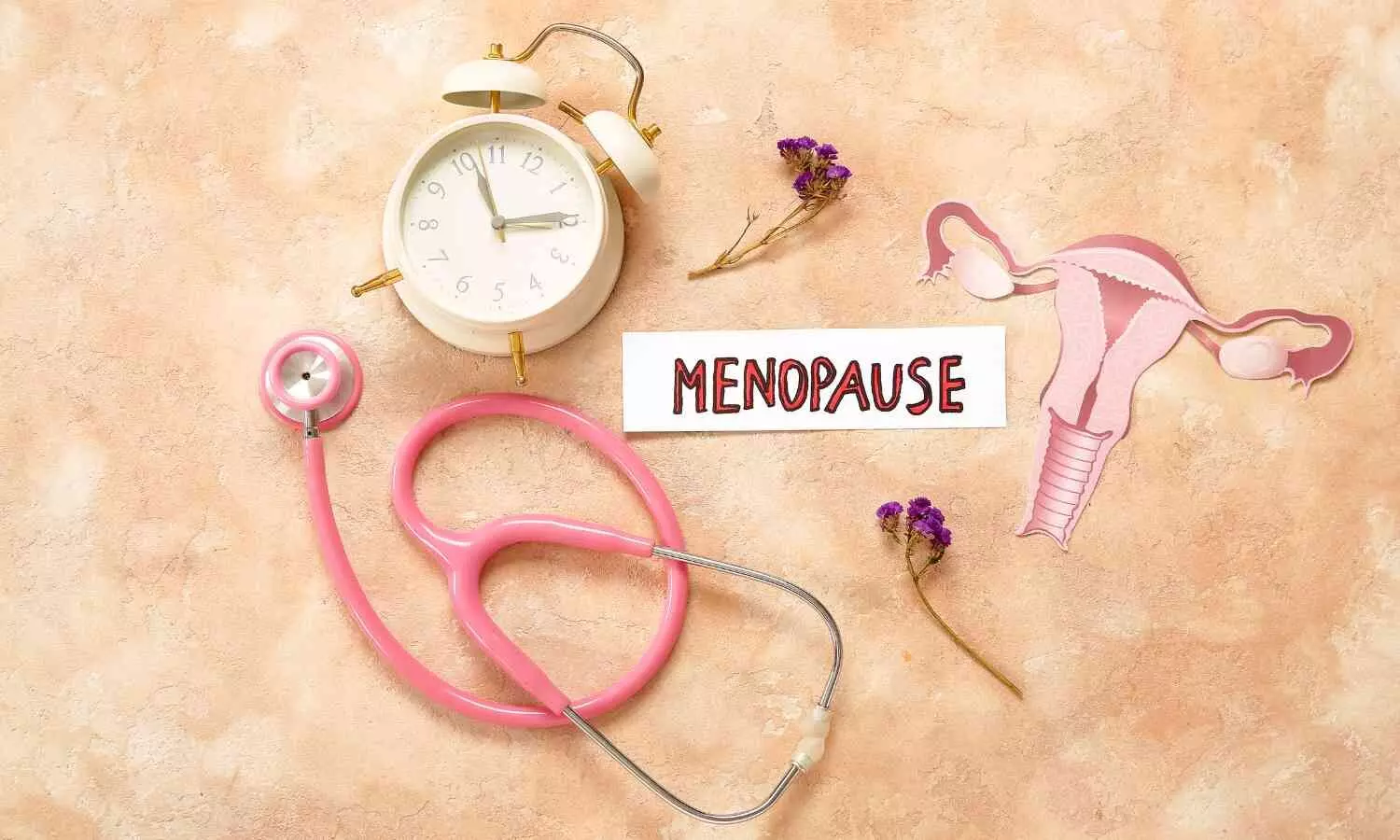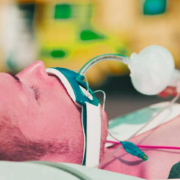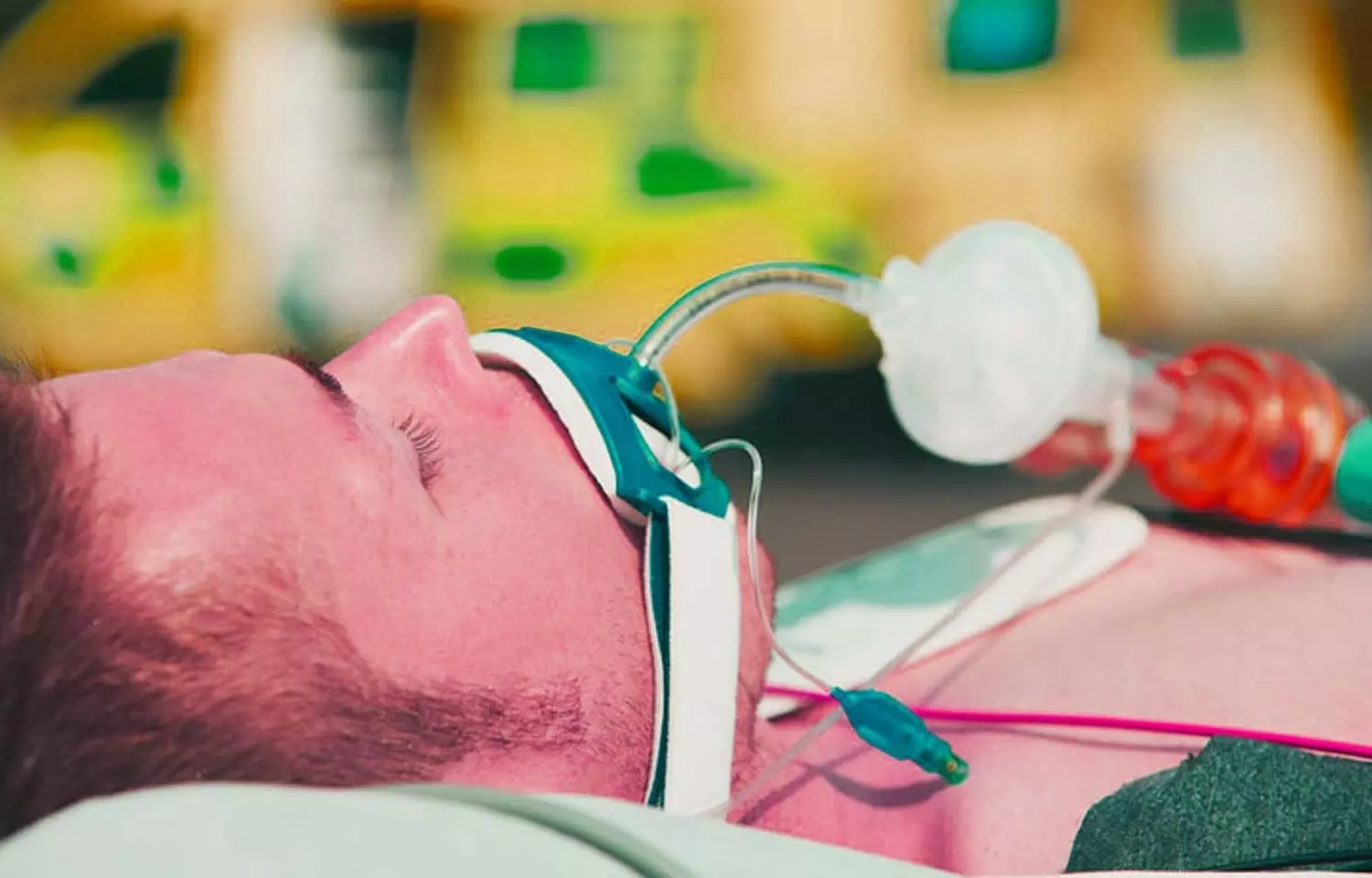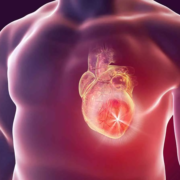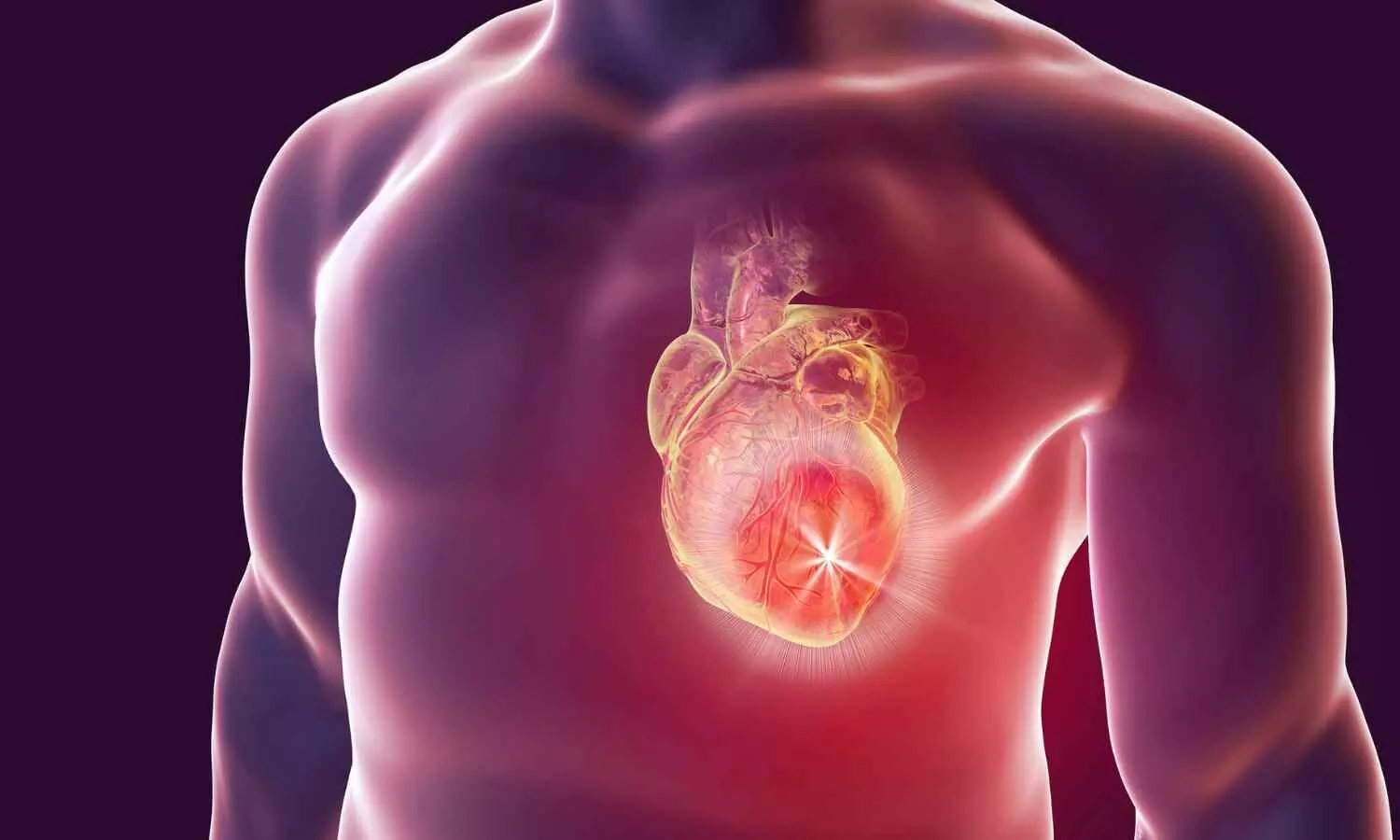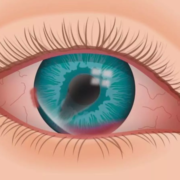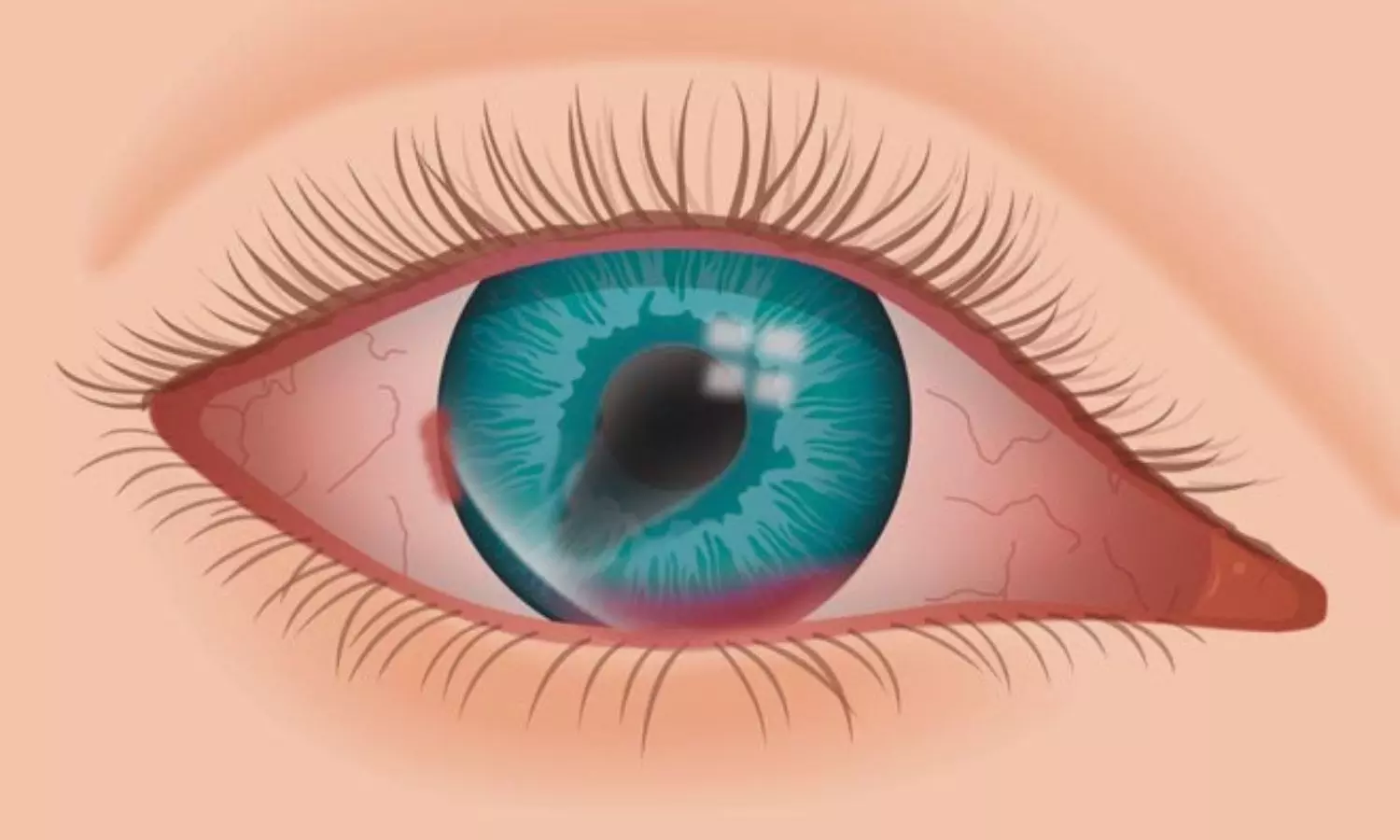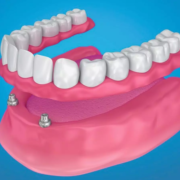Elinzanetant has Groundbreaking Impact on Hot Flashes and Quality of Life, suggests study
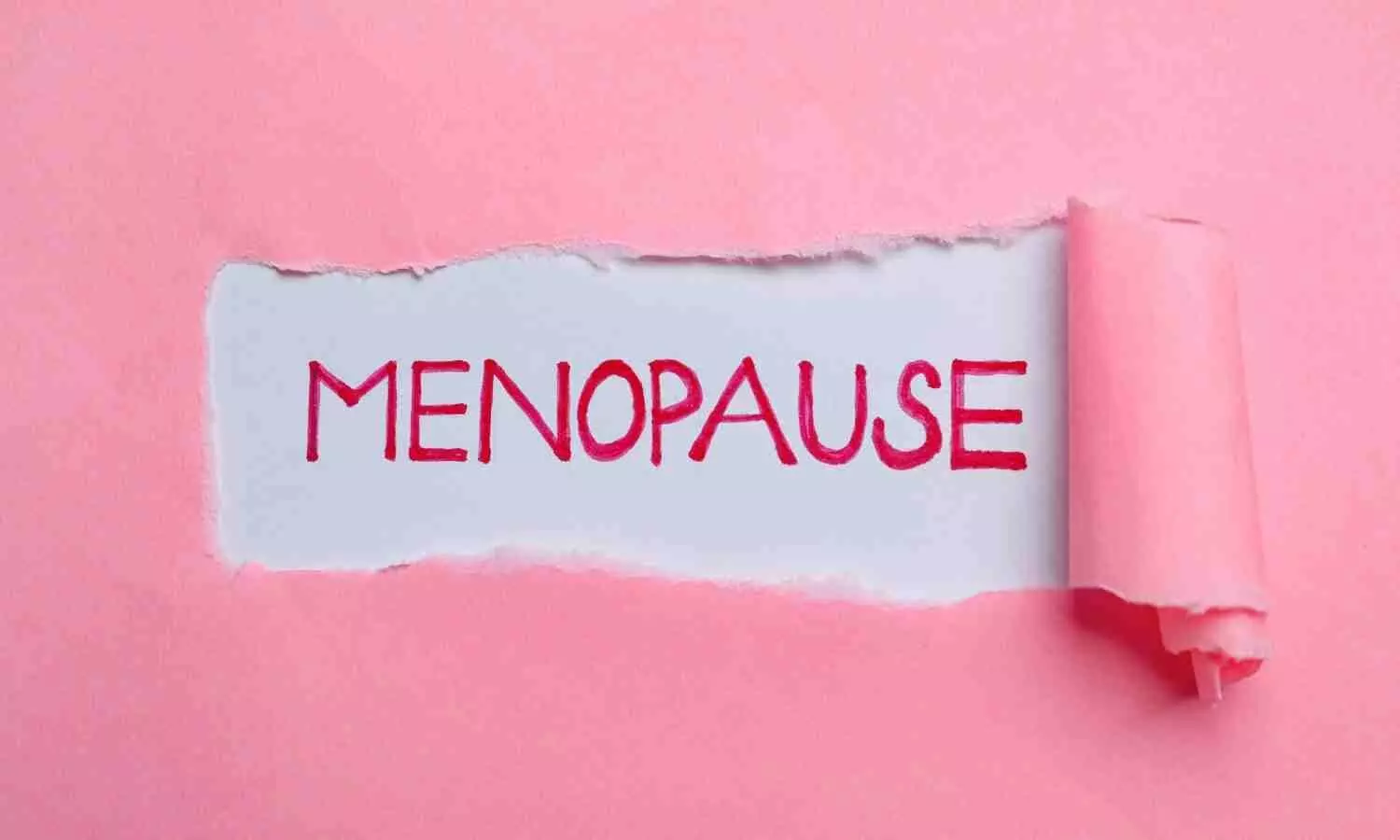
The nonhormonal drug elinzanetant showed substantial benefit for hot flashes, sleep disturbance, and quality of life in data from three randomized controlled trials presented at The Menopause Society 2024 Annual Meeting in Chicago. OASIS 1 and 2 trials were published in JAMA, and the OASIS 3 trial was presented as a poster at the conference. Recent research paper summarizes the findings from three randomized controlled trials (OASIS 1, 2, and 3) evaluating the efficacy and safety of the investigational drug elinzanetant for the treatment of vasomotor symptoms associated with menopause.
Elinzanetant Mechanism and Trial Design
Elinzanetant is a selective neurokinin receptor antagonist that targets the estrogen-sensitive kisspeptin/NK B/dynorphin (KNDy) neurons, which are thought to play a role in thermoregulation and hot flashes during menopause. The OASIS 1 and 2 trials enrolled postmenopausal women aged 40-65 years with at least 50 moderate to severe vasomotor symptoms per week. They were randomized to receive either 120 mg of oral elinzanetant or placebo once daily for 12 weeks, after which the placebo group switched to elinzanetant for the final 14 weeks.
Findings from Elinzanetant Trials
The results showed that elinzanetant led to a significant reduction in the daily frequency and severity of vasomotor symptoms compared to placebo. Elinzanetant also significantly improved sleep disturbance and quality of life measures. The OASIS 3 trial, which assessed elinzanetant for 1 year, supported the findings from the earlier trials, demonstrating sustained efficacy over a longer duration.
Safety Considerations
Regarding safety, the most commonly reported adverse events with elinzanetant were headache, fatigue, and sleepiness. A higher proportion of elinzanetant users discontinued the study compared to placebo. However, there were no serious adverse events deemed treatment-related, and no evidence of endometrial hyperplasia, malignancy, or liver toxicity.
Potential Role of Elinzanetant
The authors suggest that elinzanetant may be a useful option for women who cannot or prefer not to use hormone therapy, including those with a history of estrogen-sensitive cancers, venous thromboembolism, or migraines with aura. The dual targeting of the NK-1 and NK-3 receptors by elinzanetant, in contrast to the NK-3 receptor-specific fezolinetant, may contribute to the broader improvements observed in vasomotor symptoms, sleep, and quality of life.
Key Points
1. The research paper summarizes the findings from three randomized controlled trials (OASIS 1, 2, and 3) evaluating the efficacy and safety of the investigational drug elinzanetant for the treatment of vasomotor symptoms associated with menopause.
2. Elinzanetant is a selective neurokinin receptor antagonist that targets the estrogen-sensitive kisspeptin/NK B/dynorphin (KNDy) neurons, which are thought to play a role in thermoregulation and hot flashes during menopause. The OASIS 1 and 2 trials enrolled postmenopausal women aged 40-65 years with at least 50 moderate to severe vasomotor symptoms per week, and randomized them to receive either 120 mg of oral elinzanetant or placebo once daily for 12 weeks, after which the placebo group switched to elinzanetant for the final 14 weeks.
3. The results showed that elinzanetant led to a significant reduction in the daily frequency and severity of vasomotor symptoms compared to placebo. Elinzanetant also significantly improved sleep disturbance and quality of life measures. The OASIS 3 trial, which assessed elinzanetant for 1 year, supported the findings from the earlier trials, demonstrating sustained efficacy over a longer duration.
4. Regarding safety, the most commonly reported adverse events with elinzanetant were headache, fatigue, and sleepiness. A higher proportion of elinzanetant users discontinued the study compared to placebo. However, there were no serious adverse events deemed treatment-related, and no evidence of endometrial hyperplasia, malignancy, or liver toxicity.
5. The authors suggest that elinzanetant may be a useful option for women who cannot or prefer not to use hormone therapy, including those with a history of estrogen-sensitive cancers, venous thromboembolism, or migraines with aura.
6. The dual targeting of the NK-1 and NK-3 receptors by elinzanetant, in contrast to the NK-3 receptor-specific fezolinetant, may contribute to the broader improvements observed in vasomotor symptoms, sleep, and quality of life.
Reference –
Pinkerton JV, Simon JA, Joffe H, et al. Elinzanetant for the Treatment of Vasomotor Symptoms Associated With Menopause: OASIS 1 and 2 Randomized Clinical Trials. JAMA. Published online August 22, 2024. doi:10.1001/jama.2024.14618
Powered by WPeMatico


